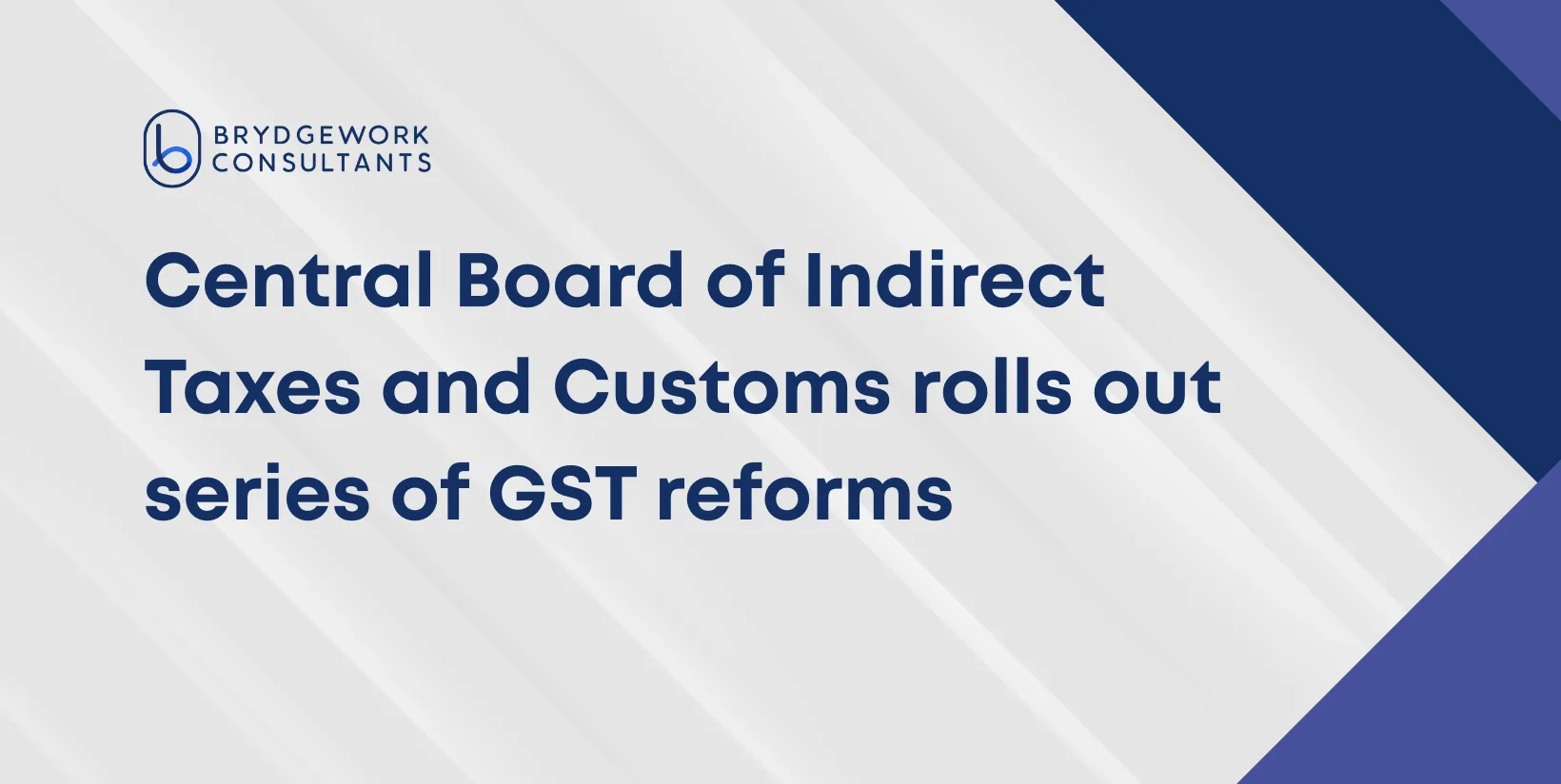
“GST is not just a tax reform; it is a path-breaking legislation for New India.” — Narendra Modi
In a landmark move to strengthen India’s Micro, Small, and Medium Enterprises (MSMEs), the Central Board of Indirect Taxes and Customs (CBIC) has rolled out a series of Goods and Services Tax (GST) reforms effective July 1, 2025.
These reforms, aligned with the Union Budget 2025-26, aim to simplify GST compliance, improve liquidity, and foster business growth, reinforcing MSMEs as the “Second Engine of Development” for the Indian economy.
On April 17, 2025, CBIC introduced new guidelines to make GST registration faster, transparent, and hassle-free, especially for MSMEs that often struggle with bureaucratic delays.
No Unnecessary Paperwork: GST officers instructed to strictly adhere to Form GST REG-01 requirements, avoiding demands for unrelated documents like property owners’ personal IDs unless essential.
Impact: These measures significantly ease market entry for proprietorships and partnerships, which constitute the majority of MSMEs, fostering formalization and entrepreneurship.
The Quarterly Return Filing and Monthly Payment (QRMP) Scheme, introduced in 2021, gets a major upgrade in 2025 to resolve technical glitches and improve cash flow for eligible businesses.
Key QRMP Scheme Benefits in 2025:
Result: Filing burden reduced from 24 to just eight returns per year, making compliance easier for MSMEs.
CBIC’s reforms go beyond GST simplification, offering broader support to fuel MSME growth.
This expanded classification brings more businesses under MSME benefits, including tax incentives and priority sector lending.
These comprehensive reforms demonstrate the government’s commitment to empowering MSMEs, which are considered the backbone of India’s economy, contributing significantly to GDP, employment, and exports.
The CBIC’s digital campaigns and outreach efforts aim to position the GST system as a compliance partner, making tax administration more business-friendly.
As India charts its development path, these GST reforms create a conducive environment for MSMEs to innovate, expand, and compete globally. With simplified processes, financial relief, and government support, small businesses are better equipped to drive economic growth and realize their full potential.
Q1: Who qualifies for the revised QRMP scheme?
Businesses with an annual turnover of up to ₹5 crore can opt for quarterly return filing under the enhanced QRMP scheme.
Q2: What are the benefits of simplified GST registration?
Faster approvals, minimal paperwork, and reduced bureaucratic hurdles for MSMEs, enabling quicker market entry.
Q3: How do the reforms improve MSME liquidity?
Faster refunds under QRMP, timely payments under Section 43B, and exemption of advance payments for goods ease cash flow challenges.
December 14, 2024 | Pranav Garg
Gone are the days when businesses had to stand in long queues just waiting for the government to approve their…
Read More
August 15, 2025 | Team Brydgework
Starting October 1, 2025, the National Payments Corporation of India (NPCI) will permanently discontinue the Person-to-Person (P2P) Collect Request feature…
Read More
December 12, 2024 | Pranav Garg
Goods and Service Tax (GST) was introduced in India in 2017 to replace all preceding taxes applicable to the sale…
Read More